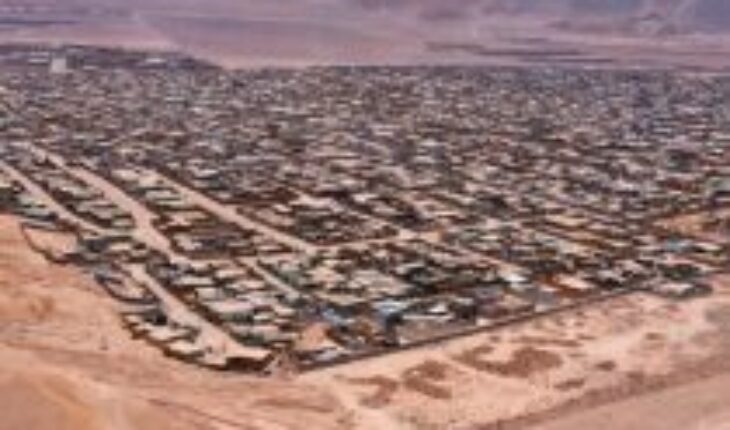The state and its disparate centralist governments closed, many decades ago, all possibilities for the northern regions of Chile to design their own strategies to promote cultural policies. This time has not been in vain. By the way, it is more than enough to gather a couple of unappealable antecedents that allow us to dismantle, these days, an endless and overwhelming cultural vision of the State that could be whispering its last delusions.
Under this scenario, the cultural advisor of the Regional Government of Tarapacá Fernando Ossandón, held a meeting, last week, with the Minister of Culture Julieta Brodsky. The main objective of this meeting was to lay the foundations for the future Cultural Center of the region. Within that meeting, which was also attended by the highest regional authority, Ossandón requested the support of the government of President Gabriel Boric for the implementation of a regional and inter-regional project for the promotion, staging and circulation of artistic practices.
Well, both the meeting itself and the astonishing announcement give an account of an era full of certainties for cultures, arts and heritages. However, it should be remembered that the central armatoste of this culture project, for the Tarapacá region, contains par excellence a political axis which makes visible, in the first instance, citizens and their inter-regional and multicultural connections. Therefore, at this point, there is no doubt that the aforementioned cultural prophecy broke with a model that was inappropriate to maintain the validity of a cultural policy that systematically denied the strengthening of infrastructure, and also of a series of alternative regional contents. Here, the simple delimitation of these new political and transdisciplinary imaginaries reminds us of the indispensable work carried out by the communes through our desert.
The communes installed, from this ‘edge’ of Chile, two fundamental issues, in terms of cultural management: on the one hand, the creation of audiences and, on the other hand, an adequate dissemination on crucial issues for the protection of the critical mass such as poetry, politics and contemporary culture.
Tarapacá is a region rich from the tangible of its traces, as well as from the immeasurability of its sounds, so this dialectic with a regional stamp shakes a program like this that critically concretizes what is cultural and its importance in society, very similar to how they worked it, more than a century ago, the mancomunales in the calicheras of Tarapacá, for example.
So if the State of Chile, the aforementioned Regional Government and the participation of a group of private individuals contribute to the design and construction of a new Cultural Center for Tarapacá, these at the same time, are encouraging social and business responsibility to maintain, sustain and preserve the multi-cultural networks of a large area of the country.
In summary, the mancomunales appear in the current political context of the great north in accordance with the designs of Tarapacá that continues to breathe and knot new strategies for an effective cultural diffusion not only at the regional level, but also nationally and internationally.
Follow us on
The content expressed in this opinion column is the sole responsibility of its author, and does not necessarily reflect the editorial line or position of El Mostrador.





